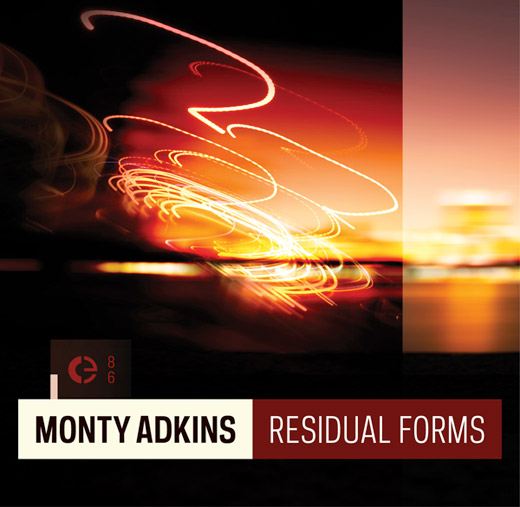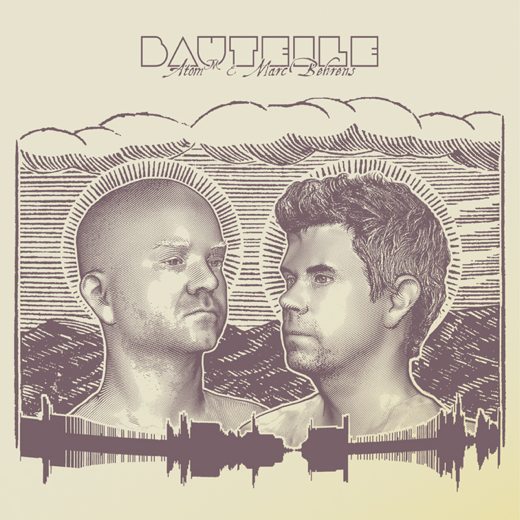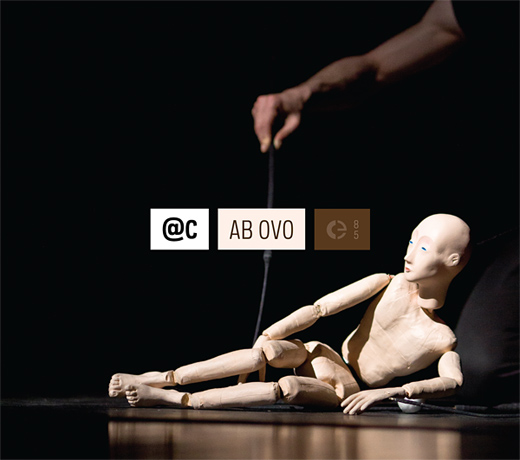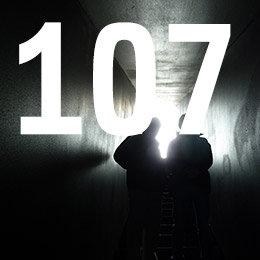
Crónica is very proud to present the new release by Monty Adkins, “Residual Formsâ€, now available as a free download.
an urban drift
with labyrinthine paths
of intoxicating bliss
residual forms
dance on the retina
of one too tired to dream
“Residual Forms†is influenced by the psychogeographical notion of the ‘drift’ – an aimless wondering around the city, exploring its hidden resonances, which lay just beneath the surface. As a runner I often explore new cities by just taking off for a couple of hours, going where I feel or where looks interesting no matter how tired I am or what the time is. Often, at night the city plays tricks with the mind. Running through unknown streets as darkness falls one recalls half remembered places, past memories blur the present experience to create one’s own fiction of place.
Although “Residual Forms†is not a portrait of any one city, it is influenced by the psychogeographical writings of Iain Sinclair and his approach to London, which harks back to the visionary writing of William Blake. Sinclair portrays London as a city inseparable from its history both real and imagined. Merlin Coverley writes that in Sinclair’s work “London’s topography is reconstituted through a superimposition of local and literary history, autobiographical elements and poetic preoccupations to create an idiosyncratic and highly personal vision of the city.â€
“Residual Forms†is a psychosonographic portrait of a city that takes listeners on their own imaginary drift.
“Residual Forms†is now available as a free download directly from Crónica or from Crónica’s Bandcamp page.






